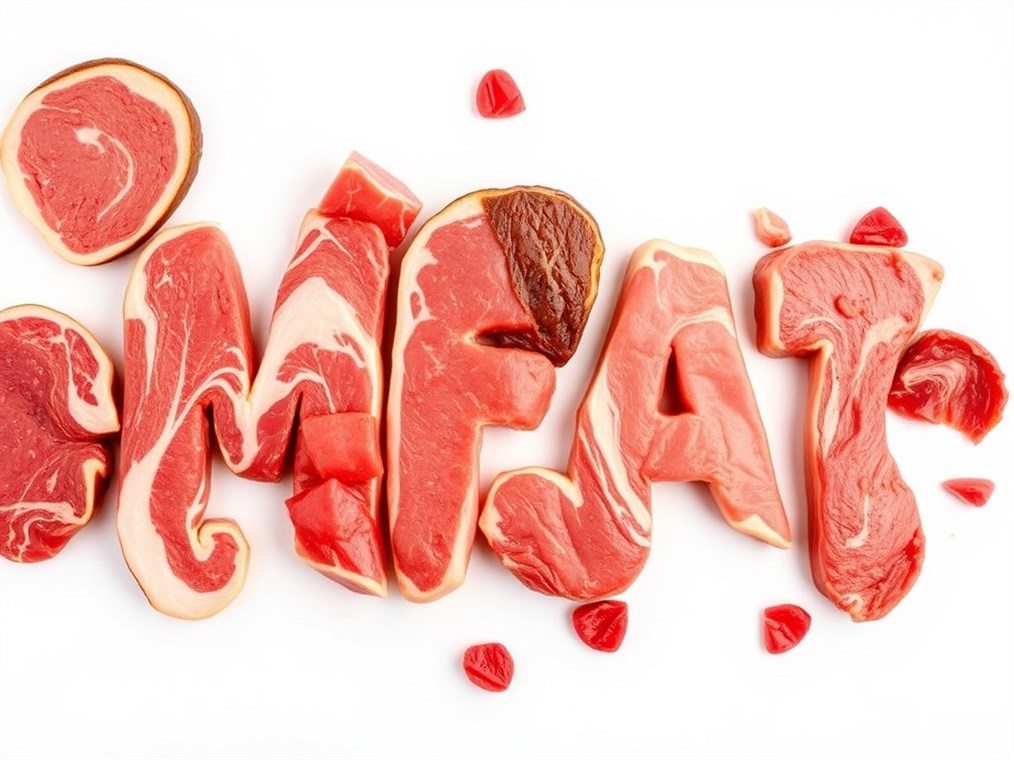Reformed Meat: What It Really Is (and Why You Should Know)
Ever wondered how they make those perfectly shaped deli slices or those surprisingly affordable steaks? Well, chances are, you’re looking at reformed meat. It’s not some futuristic food fad, but a clever way to take smaller pieces of meat – think trimmings and less popular cuts – and turn them into something pretty darn appealing.
So, what is reformed meat, exactly? Simply put, it’s meat made from meat. Instead of a single, solid cut, it’s a combination of smaller pieces, all stuck together to look like one. Think of it as meat origami, where scraps are folded and molded into something new. This process isn’t just about aesthetics, though. It’s about making the most of what we have, boosting the texture and even the flavor of cuts that might otherwise end up in the dog’s bowl (no offense to Fido).
Okay, let’s peek behind the curtain and see how this meat magic happens. First, those larger pieces of meat are reduced to a manageable size. We’re talking chunking, flaking, grinding – the whole shebang. Then comes the crucial part: the binding. This is where ingredients like salt, phosphates, and even proteins from soy or milk come into play. Salt helps extract natural binders from the meat itself, while phosphates boost water retention (nobody wants a dry steak!). Some manufacturers even use a special enzyme called transglutaminase – basically meat glue – to create super-strong bonds. Finally, the mixture is pressed into the desired shape, cooked (or frozen), and voila! A reformed meat product is born.
You’ve probably encountered reformed meat without even realizing it. Those perfectly uniform deli hams? Reformed. Budget-friendly steaks that look suspiciously like the real deal? Reformed. Even some chicken nuggets get the reformed treatment. It’s everywhere!
Now, why bother with all this reformation? Well, for starters, it’s a fantastic way to use up those less desirable cuts, reducing waste and making the meat industry more efficient. Plus, it can actually improve the texture and tenderness of tougher meats. And let’s not forget the flavor! With a little seasoning magic, reformed meat can taste just as good (or even better) than its whole-cut counterparts. Oh, and did I mention it’s often cheaper? That’s a win for your wallet.
Of course, no food topic is without its potential downsides. Some folks get a little squeamish about the idea of processed meat, and that’s understandable. Transparency is key here. Knowing what goes into your food is always a good thing. Quality control is also crucial. You want to make sure you’re getting a consistent product, no matter where you buy it.
And what about safety? Well, the good news is that food authorities have given the thumbs-up to the additives and enzymes used in reformed meat. But, like any meat product, proper storage and thorough cooking are essential to avoid any unwanted bacteria. Think of it this way: treat it like you would any other piece of meat, and you’ll be fine.
It’s also important to distinguish reformed meat from all processed meat. “Processed meat” is a broad term that includes anything that’s been preserved through curing, smoking, or adding preservatives. Reformed meat can be processed, but it doesn’t have to be. The defining characteristic is that it’s made from smaller pieces bound together.
Looking ahead, the future of reformed meat looks bright. As the world’s population grows and the demand for affordable protein increases, this clever technique is likely to become even more important. So, the next time you’re browsing the meat aisle, take a closer look. You might just be surprised at what you find. Understanding what reformed meat is all about empowers you to make informed choices about what you eat. And that’s always a good thing.

